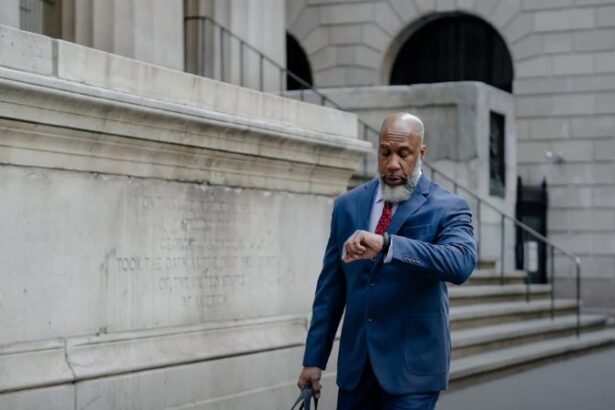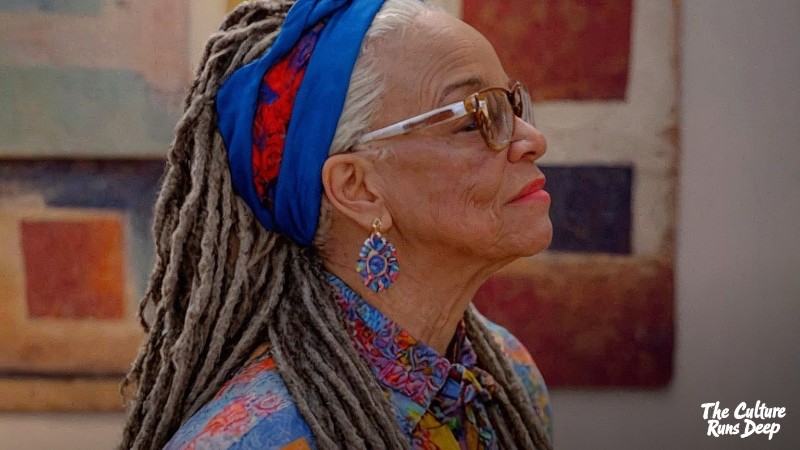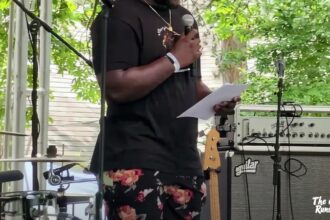Faith Ringgold didn’t just make art—she made statements. Whether through her bold story quilts or her community organising, she pushed the limits of what art could say and who it could speak for. Born in Harlem in 1930, she lived through segregation and civil unrest, and she used her work to challenge the silence around race and gender in galleries and museums. Her message? Black stories belong on the walls just as much as anyone else’s.
Raising her voice, lifting others
In the ’60s and ’70s, Ringgold wasn’t waiting for change—she was making it. When New York museums overlooked Black and women artists, she took it personally and publicly. She protested, wrote letters, showed up, and refused to be ignored. She fought for space not just for herself but for everyone who’d been pushed to the margins. That same energy lives on in today’s artists, many of whom credit her as the reason they believed they could create freely.
The movement she helped shape
Ringgold’s work walked alongside the Black Arts Movement, a wave of writers and artists who used creativity as a weapon and a shield. Names like Amiri Baraka and Gwendolyn Brooks helped shape a movement that celebrated Black life in its fullness—its struggle, joy, pain, and power. Faith added her voice with art that didn’t just sit on walls but spoke truth to power.
Planting seeds for the next generation
She didn’t stop with art. Through her Anyone Can Fly Foundation, she built opportunities for Black children and emerging artists to see themselves in the world of creativity. She also authored children’s books that celebrated Black heroes and culture, ensuring young readers saw reflections of themselves early on.
The work lives on
Faith Ringgold passed away in April 2024 at 93, but her story didn’t end there. Her estate is now represented by Jack Shainman Gallery, and her legacy continues through exhibitions, books, and the lives she’s touched. She proved that art isn’t just something you hang on a wall—it’s something you live, fight for, and pass on.
Key Takeaways
Faith Ringgold used her art and activism to challenge racial and gender biases in the art world, making sure that Black stories were prominently featured.
- Impact: Faith Ringgold’s work and activism have profoundly shaped the art scene, breaking down barriers for Black and women artists.
- Action: Support and uplift marginalized artists by advocating for their representation in galleries and museums.
- Empowerment: Claim your space in the art world by creating and promoting work that reflects your unique experiences and perspectives.








